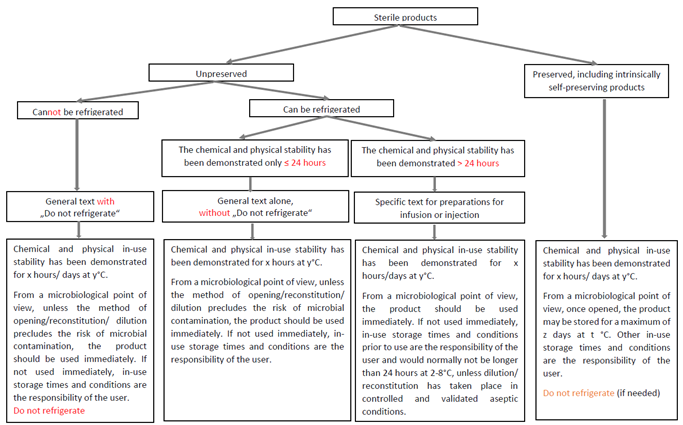Quality of medicines questions and answers: Part 2
These questions and answers address a number of questions on matters related to the quality of medicines.
HumanVeterinaryRegulatory and procedural guidanceQuality of medicinesResearch and developmentScientific guidelines
